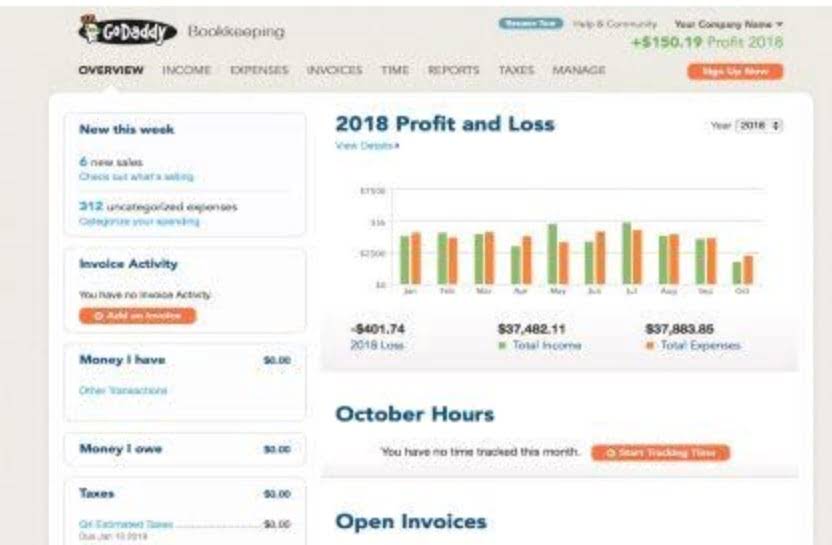
To better comprehend the significance of cash flow to creditors, it is essential to compare it with the cash flow to debtors. While both measures provide insights into a company’s financial position, they focus on different aspects. Cash Flow to Creditors, what are retained earnings also known as debt service cash flows, is a critical aspect of a company’s financial health. To thoroughly understand its importance, it’s necessary to unpack this financial concept and look at how it impacts various facets of a company’s operations. Cash flow is the movement of money into and out of a company over a certain period of time. If the company’s inflows of cash exceed its outflows, its net cash flow is positive.
- It is calculated by taking cash received from sales and subtracting operating expenses that were paid in cash for the period.
- Dividend payout refers to the distribution of profits by a company to its shareholders in proportion to their ownership.
- A positive CFF means a company is raising more money than it is paying out, which might indicate growth and expansion.
- By analyzing this aspect, one can evaluate the financial impact of a company’s debt obligations on its overall cash flow.
- Understanding this concept allows for informed decision-making regarding investments and financial planning.
- A company with positive free cash flow can have dismal stock trends, and vice versa.
How can a company improve its cash flow to creditors?
It is the outflow of cash from the company to its creditors as part of its debt service. Looking at FCF is law firm chart of accounts also helpful for potential shareholders or lenders who want to evaluate how likely it is that the company will be able to pay its expected dividends or interest. If the company’s debt payments are deducted from free cash flow to the firm (FCFF), a lender would have a better idea of the quality of cash flows available for paying additional debt. Cash flow is the lifeblood of any business—it represents the amount of cash being transferred into and out of a business.

Cash Flow to Creditors Formula
A company with positive free cash flow can have dismal stock trends, and vice versa. Another limitation is that FCF is not subject to the same financial disclosure requirements as other line items in the financial statements. Imagine a company has earnings before interest, taxes, depreciation, and amortization (EBITDA) of $1,000,000 in a given year. This company has had no changes in working capital (equal to current assets minus current liabilities). The expense of the new equipment will be spread out over time via depreciation on the income statement, which evens out the impact on earnings.

Books On Startups: 25 Great Reads For New Business Owners
The D&A and change in NWC adjustments to net income could be thought of as being analogous to calculating the cash flow from operations (CFO) section of the cash flow statement. Unlike other measures that are used to analyze cash flow in a company, such as earnings or net income, free cash flow excludes the non-cash expenses of the company’s income statement. It also includes spending on equipment and assets, as well as changes in working capital from the balance sheet.
Cash Flow To Creditors: Understanding Debt Financing
Consider tightening your credit policies and follow up on late payments promptly. Implementing technological tools for invoicing and collections can also help streamline this process. For the fiscal year, Photo Tech had a positive CFF of $10 million, indicating it had more cash from financing inflows than outflows, meaning it raised more cash flow to creditors formula cash than it paid out. Profit is the amount of money the company has left after subtracting its expenses from its revenues. Below is Walmart’s (WMT) cash flow statement for the fiscal year ending on Jan. 31, 2024.
Calculate Cash Flow from Operating Activities

By understanding what the numbers tell us, investors, creditors, and other stakeholders can make informed decisions about their financial relationships with the company. Tratta’s platform can offer insights and tools to better manage these figures, aiding your company’s financial decision-making process. It indicates the company is generating enough cash to cover its debt obligations and interest payments comfortably. It follows stringent measures to efficiently manage its borrowing and ensure it has enough cash flow to meet its debt commitments. It is recommended to calculate cash flow to creditors on a regular basis, such as quarterly or annually, to track changes over time and identify any trends or issues in debt management.
- They may also receive income from interest, investments, royalties, and licensing agreements and sell products on credit rather than for immediate cash.
- The CFF highlights actions like stock issuances, borrowing money, repurchasing shares, and repaying debt.
- The formula to compute NOPAT, or “EBIAT,” is equal to operating income (EBIT) multiplied by one minus the tax rate.
- Here, ABC Corporation’s cash flow to creditors for the given period would be $40,000.
- Positive cash flow indicates that a company’s financial liquidity is increasing.
- This way, you can anticipate potential cash flow issues and take corrective action in advance.
Can cash flow to creditors ever surpass net income?
Cash flow to creditors (CFC) is a key metric in financial analysis that reflects a company’s ability to manage and repay its debts. It tells us how much cash a company generates to cover its loan payments and interest expenses. While cash flow to creditors provides insights into the company’s debt-related cash outflows, it alone may not be sufficient to predict future financial performance. It is essential to consider other factors, such as industry trends, market conditions, and overall business strategy. A positive cash flow to creditors suggests that the company has enough cash resources to cover its debt-related payments. This analysis provides valuable insights into a company’s ability to manage its debts effectively and maintain strong creditworthiness in the market.

Investing in Growth
Alternatively, a company’s suppliers may be unwilling to extend credit as generously and now require faster payment. A change in working capital can be caused by inventory fluctuations or by a shift in accounts payable and receivable. If Company XYZ’s sales are struggling, they may choose to extend more generous payment terms to their clients, ultimately leading to a negative adjustment to FCF. This formula takes into account the interest paid during the period and the net change in the long-term debt during the same period. While raising capital through stock issuance may appear positive, it might now show if a company is finding it difficult to raise capital through other means.

